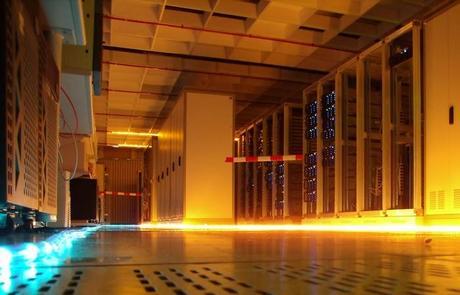
Data Centers are huge buildings that house enormous servers hosting much needed information. These buildings consume a lot of energy to ensure they function properly.
This is all good but how are these energy consuming giants powered sustainably?
Massive information zooming around the net has to be stored somewhere called data centers. These centers are spread all over the world hosting information for most cloud based businesses and back up information for social media companies. Energy research has shown that powering these data centers require a lot more than your usually amount of energy. Most owners have tried through the years to implement energy efficient ways of cooling these massive energy sinks with little to no luck.
This may all change as Mikko Pervil채's doctoral thesis on Data Center Energy Retrofits challenges features of modern data centers using case studies and global figures.
Data centers housing thousands of computers have enabled the proliferation of new cloud-based services. One problem associated with them, however, is their aggregate electricity consumption. The servers use electricity and generate heat, which can endanger the reliability of the services provided unless sufficient cooling is arranged.
The article in alphagalileo.org Reads:
Major data centers such as those of Microsoft in Dublin and Quincy, Google in Saint-Ghislain and Hamina, Finland, Yahoo in Lockport, HP in Wynyard and Facebook in Prineville, are much alike, as they seek to minimize extraneous energy consumption by using adjacent natural cooling sources, such as bodies of water. With these considerations in mind, the dissertation suggests a number of retrofit techniques for cooling data centers. These techniques range from the efficient delivery of ventilation air using free air cooling to exploiting exhaust heat in the experimental greenhouse on the Kumpula Science Campus in Helsinki, Finland.
The dissertation includes calculations for the minimum energy savings achievable with these techniques. For example, the amount of emissions reduced just by adopting free air cooling would be equivalent to 9.4 megatonnes of carbon dioxide based on the global electricity calculations from 2005. Global electricity consumption has increased since then, so the actual reduction would be correspondingly greater than in these calculations.
Study Credit:
Mikko Pervil채 will defend his dissertation on retrofit cooling techniques for data centers on 12 December 2013 at the University of Helsinki. His study also includes calculations for the minimum energy savings achievable with the techniques. As part of the dissertation research, Pervil채 built a greenhouse running on exhaust heat on top of a building on the Kumpula Science Campus.
Study + Story + Image
